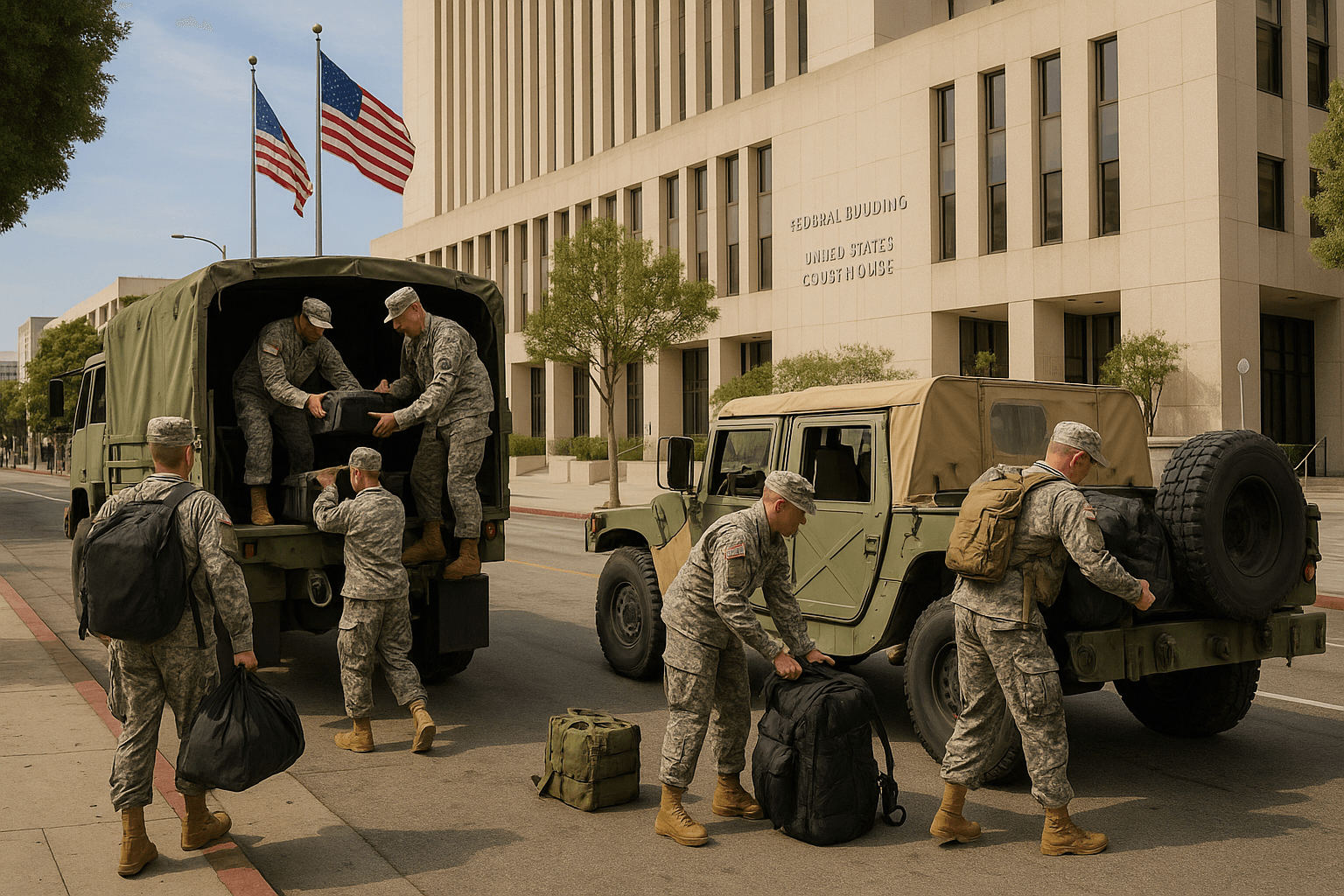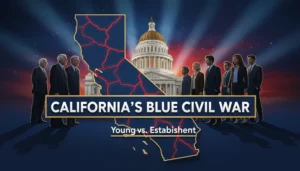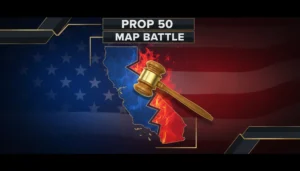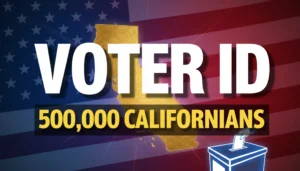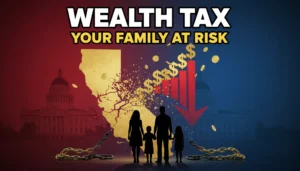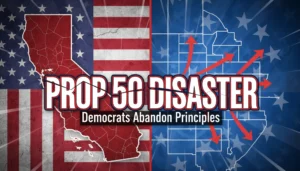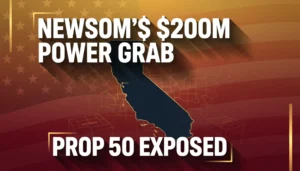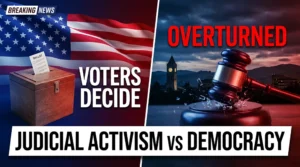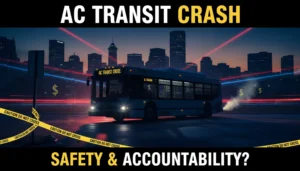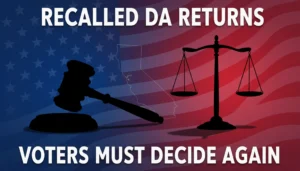Pentagon Withdraws 2,000 National Guard Troops from Los Angeles as Immigration Tensions Ease
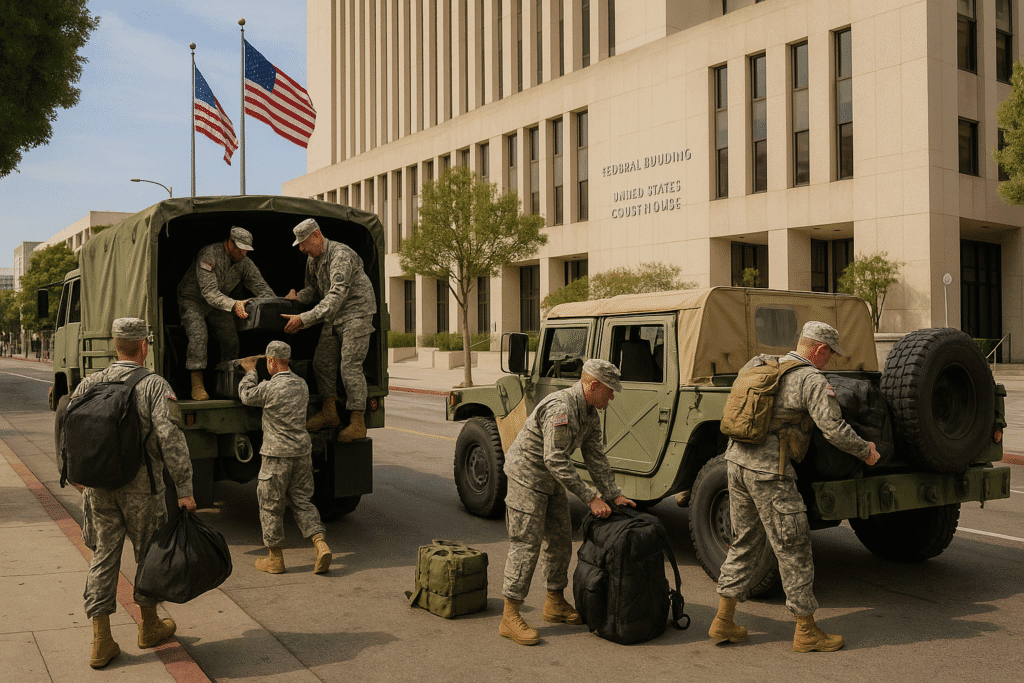
In a significant development for California’s ongoing immigration enforcement debate, the Pentagon has confirmed the withdrawal of 2,000 National Guard troops from Los Angeles. The announcement comes six weeks after President Trump federalized the California National Guard to maintain order during heated protests against enhanced immigration enforcement measures.
Federal Protection Mission Scaling Down
Defense Secretary Pete Hegseth ordered the release of half the National Guard contingent originally deployed to Los Angeles, citing “improved conditions” in the area. The withdrawn troops belong to the 79th Infantry Brigade Combat Team of the California National Guard.
“The Secretary has determined that the situation has stabilized sufficiently to allow for a reduction in force,” a Pentagon spokesperson stated Tuesday. “As such, the Secretary has ordered the release of 2,000 California National Guardsmen from the federal protection mission.”
Despite the drawdown, approximately 2,000 National Guard members will remain in Los Angeles, alongside 700 active-duty Marines, to continue supporting federal immigration enforcement operations.
Background of the Deployment
The deployment began on June 7 when President Trump federalized the California National Guard—a move that came against the wishes of Democratic Governor Gavin Newsom. The action followed escalating tensions and violent demonstrations in downtown Los Angeles after the administration announced expanded immigration enforcement zones in several California cities.
The troops were tasked with:
- Protecting federal buildings and personnel
- Securing immigration enforcement zones
- Maintaining public order during protests
- Supporting ICE operations in designated areas
State vs. Federal Authority
The federalization of the National Guard sparked a contentious legal battle between California state officials and the Trump administration. Governor Newsom filed an unsuccessful lawsuit challenging the president’s authority to take control of the state’s National Guard units.
“This withdrawal represents a partial victory for Californians who believe in state sovereignty,” said Democratic State Senator Maria Rodriguez. “But the continued presence of federal troops in our city remains deeply concerning.”
Conservative supporters of the deployment have pointed to the reduction in violent protests as evidence the president’s decisive action was justified.
“The fact that half the troops can now be safely withdrawn proves the president’s strategy worked,” said Republican State Assemblyman James Wilson. “Law and order has been restored, and federal immigration laws are finally being enforced in California.”
Impact on Local Communities
The deployment has had mixed effects on Los Angeles communities. Federal officials report that immigration enforcement operations have proceeded more efficiently with military support, while some community advocates claim the military presence has created a climate of fear.
Local business owner Carlos Mendez, whose shop is located near a federal building that had been targeted by protesters, expressed relief at the improving situation. “When the protests were at their worst, customers stopped coming. Things have gotten much better in the last few weeks.”
Looking Ahead
The Pentagon has not provided a timeline for the potential withdrawal of the remaining troops. A Department of Defense spokesperson indicated that future reductions would depend on “continued stability and the operational needs of immigration enforcement agencies.”
White House officials have praised the phased withdrawal as evidence of the administration’s responsive and measured approach to the situation in Los Angeles.
“President Trump took decisive action when it was needed, and now he’s adjusting the response as conditions improve,” said White House Press Secretary Amanda Davis. “This is exactly how federal intervention should work—strong when necessary, flexible as circumstances change.”


